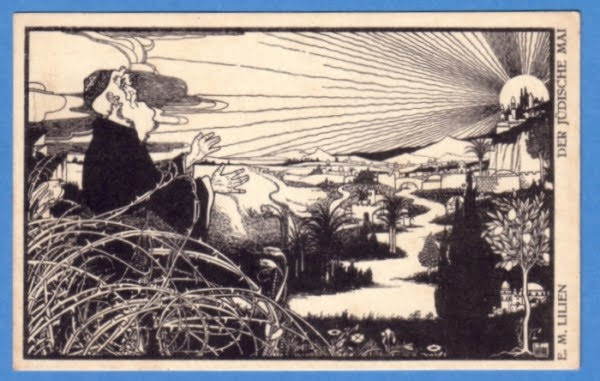Time for a Tattoo

( Hebrew Tattoos ) I have wanted to get a tattoo for years, but because of a deep-seated fear of needles, I have continued to put it off. This year, I will be turning 36 and I have decided for my double-chai birthday that I want to finally take this step in my journey. Being Jewish is such a central part of my identity, my life, my beliefs, and my path. There are so many different Jewish things I could think of that would make for amazing, beautiful tattoos. However, there is one concept that I believe contains all of them and more, that precedes and exceeds them. That is the concept of Eyn Sof . Without end . God, the universe, Jews, whatever your higher power or plane or presence you are connected to... all of it is without end. All of it is beyond the ability of humanity to describe in words, to capture in paint or pictures, to hear in songs or silence, to touch in stone or sand, to smell in smoke or steam, to hold in our hands or our minds. It is everything. It is nothing. It is be...









